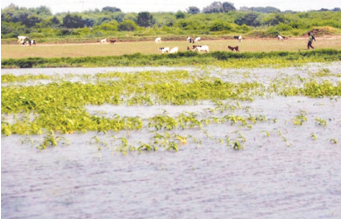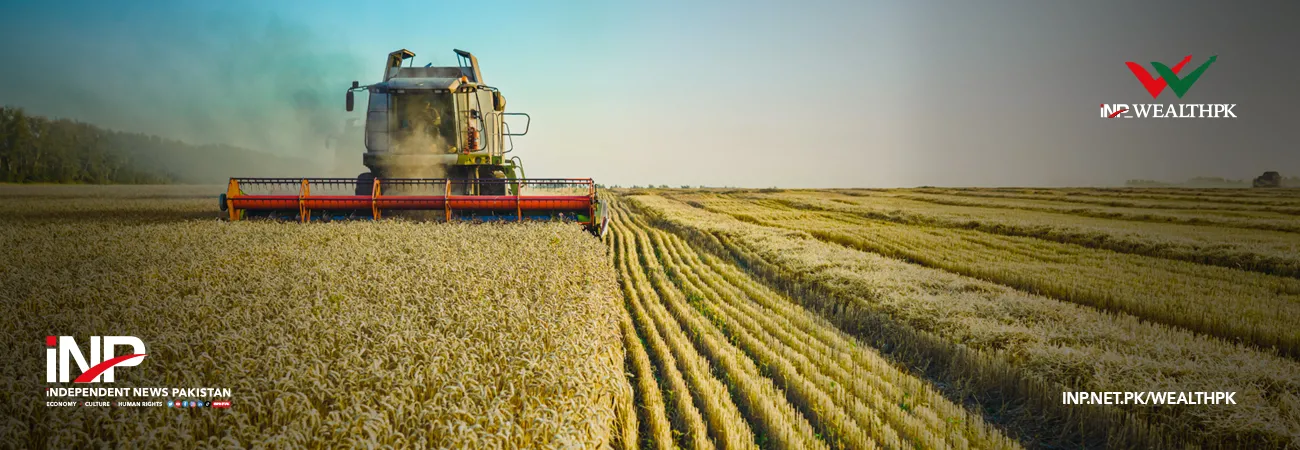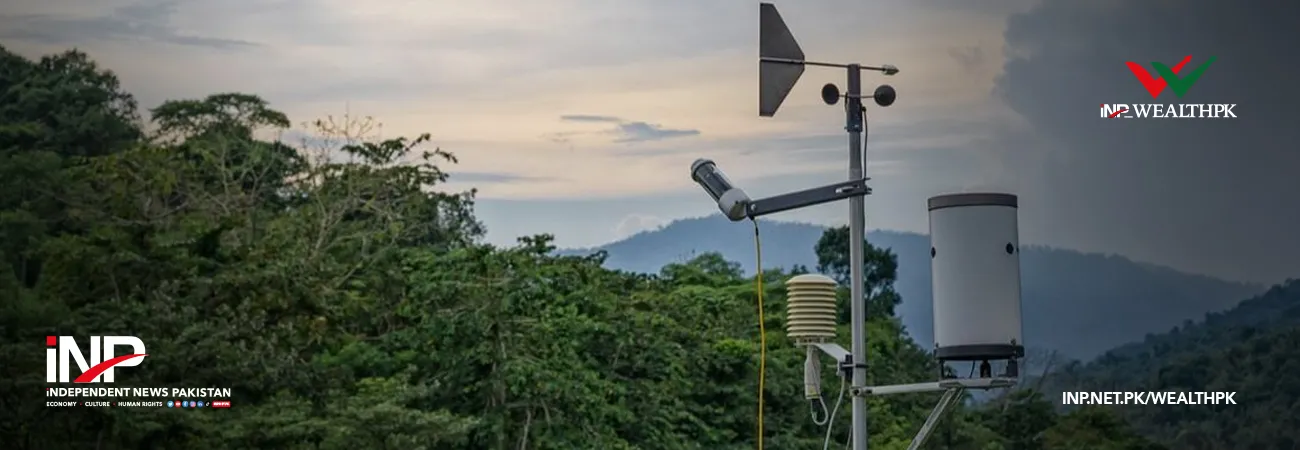INP-WealthPk
Moaaz Manzoor
Pakistan’s agriculture sector has suffered Rs430 billion in losses from the 2025 floods, with vast areas of rice, cotton, sugarcane, maize, and vegetable fields submerged, severely undermining food security, export potential, and rural livelihoods, according to the Planning Ministry’s preliminary flood damage report.

The report, based on data from provincial Crop Reporting Services and SUPARCO, said the agricultural devastation is among the largest in Pakistan’s history. It has forced authorities to revise growth projections for the sector downward to 3.0–3.8 percent, compared to the 4.5 percent target for FY2026. “Vast cultivated land remains underwater, and millions of farmers are struggling to recover from the destruction of their crops and assets,” it stated.
Punjab, Sindh, and Khyber Pakhtunkhwa were identified as the hardest-hit provinces, where prolonged inundation damaged both standing and stored crops. The floods also wiped out 22,841 livestock, depriving rural households of income and food sources. The economic shock is expected to ripple through multiple sectors due to agriculture’s strong backward and forward linkages.
The industrial sector—particularly textiles, food processing, and fertilizer—has already shown signs of slowdown, while the services sector faces secondary contraction because of reduced rural incomes and trade activity. On the external side, the damage has cut deeply into Pakistan’s export potential. The report estimated that rice exports, which totaled $3.35 billion (5.8 million tons) in FY2025, could decline by $450 million in FY2026 as output drops to 8.3–8.9 million tons against the 9.5 million-ton target.
Exportable surplus is expected to fall by 1.2 million tons. To offset shortages, the government anticipates higher imports of raw cotton, wheat, and pulses, further widening the trade deficit and pressuring foreign exchange reserves. The Planning Ministry warned that Rabi sowing, especially wheat, might be delayed in flood-affected districts of southern Punjab and Sindh due to the slow recession of standing water. “This delay will have compounding effects on next year’s food production,” the report cautioned.
It added that inflationary pressures are likely to intensify, as food shortages drive up prices of essential commodities. The government’s early estimates already show inflation spiking to 5.6 percent in September, compared to 3.0 percent in August. The floods have not only destroyed crops but also agricultural infrastructure—tube wells, watercourses, farm machinery, and storage facilities—worsening production bottlenecks.
Many small farmers now face insolvency without targeted relief and credit support. The report calls for an “immediate recovery package” to provide seeds, fertilizers, and concessional loans to affected farmers, enabling re-sowing and stabilization of rural incomes. It also suggests promoting climate-smart agricultural practices, watershed management, and insurance coverage to mitigate future risks.
It concluded that unless timely rehabilitation measures are implemented, Pakistan could face sustained food shortages, declining export earnings, and deeper rural poverty. “The agricultural heartlands of Pakistan must be rebuilt with resilience in mind,” the report stressed, urging coordinated federal–provincial interventions to restore productivity and safeguard national food security.
Credit: INP-WealthPk













